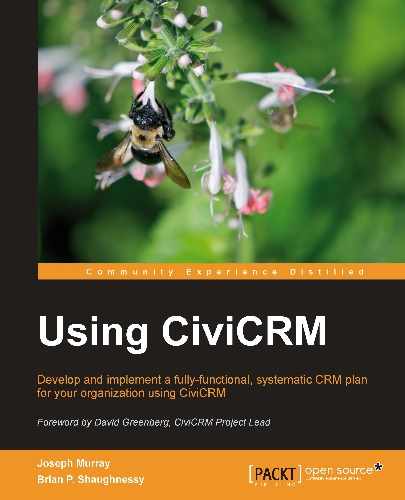This chapter outlines how to create a successful CiviCRM implementation project.
It lists common barriers to the success of CRM initiatives that arise because of either people issues in an organization or technical issues getting systems and tools supporting disparate business functions that provide integrated functionality.
We advocate a pragmatic approach to implementing a CRM strategy for your organization. We encourage the adoption of a change in approach and associated processes and methodologies that works for your organization: wide ranges in the level of structure, formality, and planning all work in different organizations. Your implementation plan should include a schedule and a realistic budget including on-going costs.
Choosing the right people for your team is crucial to the success of the endeavor. Ideally you'll include an executive or board sponsor, one or more key functional managers, one or more key staff users, and appropriate technical expertise for your team, all with good personal effectiveness and an ability to get along.
Start your planning by segmenting your constituents into groups, listing the important interactions each group has with your organization, and identifying actionable metrics that measure those interactions. Create an inventory of existing systems involved in these interactions and their data. Develop a shared CRM vision for the organization, and then articulate how it would be translated into the user experiences at various levels in the funnel(s) of prospects for high-value constituents.
For requirements, iterate between a broad and tight focus. Use existing systems and paper forms to solicit feedback in interviews from executive, management, and staff perspectives. User surveys also provide good quantitative results.
In each functional area, list the known pain points, important new functionality, deadwood or cruft to be eliminated, and possible quick wins. Recurrent and important functional requirements include custom fields, organizationally specific groups for mailing lists and access control, fields required for forms in different processes, user permissions, and custom activities and workflows. Take time to brainstorm how to be more efficient in internal processes and accomplish your mission in new ways.
In our next chapter, we'll start getting our hands dirty with technical matters on installation and maintenance of CiviCRM.
